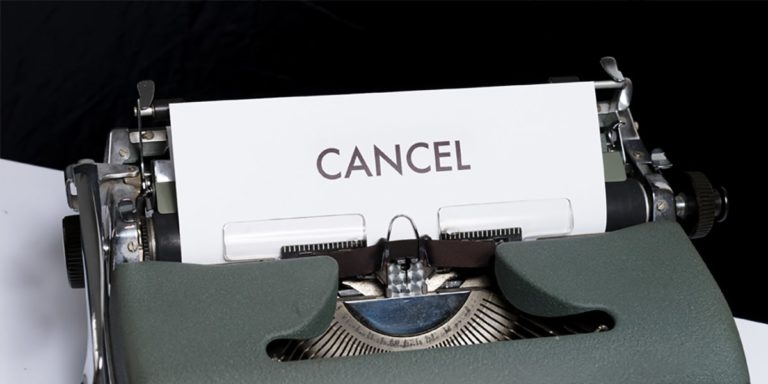You’ve done your due diligence. You’ve dotted every I and crossed every T, proofread it what seems like a dozen times, gotten it into the proper hands well before the deadline — and still, the court rejects your filing. What gives? What are you doing wrong?
The truth is that court filing rejections are much more common than you think. Every instance is different, but here are just a few of the most common reasons the court might reject your next filing.
Wrong Case Number and/or Location
It’s important to note that the case number of the filing appears in multiple locations – the filing itself and on the document. If even one of these numbers doesn’t match the other, the court is going to reject the filing. Yes, even if the case number on the filing is the correct one.
Meanwhile, another very common mistake is to file your documents in the wrong court altogether. This is less of an oversight issue, considering the relative complexity of the court system. However, there are some tools out there to prevent this from happening. If you’re filing a new case in Los Angeles, for example, you can check the Filing Court Locator before you submit the documents. A simple ZIP code check can save you or your firm some serious time and/or money.
Faulty Documents
Beyond issues like incorrect case numbers or literally filing the documents in the wrong court, there are plenty of other mistakes that can result in a rejection. Legibility is a major concern, and it’s something that comes up increasingly thanks to the transition to electronic submission. Issues like improper scanning, submitting in an incorrect format, or not including required file attachments can all be the kiss of death for eFiled court documents.
Of course, there are plenty of other issues that can cause a rejection — ones that aren’t necessarily caused by electronic document delivery issues. Filling out a court form that’s old and obsolete isn’t going to win you any fans with the court clerk, and neither is leaving any of the documents you submit without having the proper signatures on them.
Some of these issues can be fixed simply through higher levels of diligence. Others are more technical, especially when it comes to scanning documents – ensuring you’re saving scanned docs in black and white, that these documents are being scanned exclusively in PDF format, and making sure your printer settings are set to a resolution of 300 dots per inch (dpi) can all make scanned documents clearer and easy to read.
Court Filing Rejections are Not Cost-Effective
There’s no arguing the point that having court filing rejections are costly. The time wasted in preparing these documents, only to have to prepare them again, means less time spent on other, possibly more important matters; the financial cost is also significant, considering that you’ll have to pay even more filing fees to re-submit.
What you need, of course, is a more cost-effective solution. Let’s face it: your lawyers and support staff are already working at full capacity. That’s why these filing rejections happen, as no one has the bandwidth to make sure these documents are vetted properly before submission. Your firm needs to farm your document submission process to a third party — but not just any outfit will do.
How to Avoid a Court Filing Rejection at the Court
Triple-check everything.
It’s always a good habit to double-check your work. Is that enough? Usually yes, but when it comes to court documents, you should always take the time to give them one last review before sending them to be filed. That last review can be crucial in catching a wrongly dated form or a missing signature; even an out-of-date Proof of Service. When you’ve finished filling in a form or titling a document, check it. When it looks good, check it again. Before sending it, check it one more time. Your client, your case or your reputation could depend on it.
